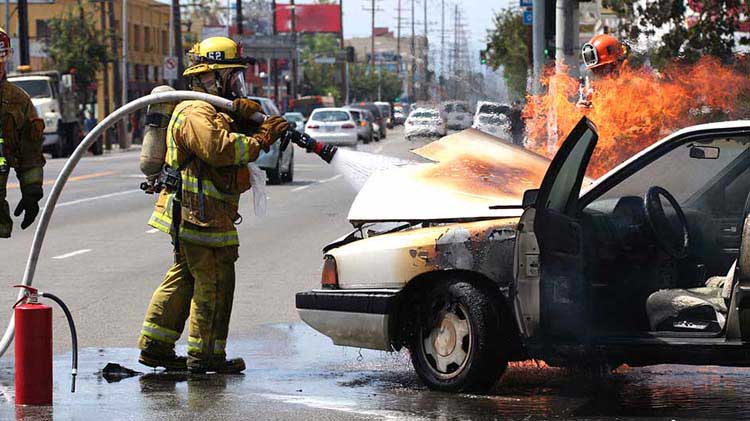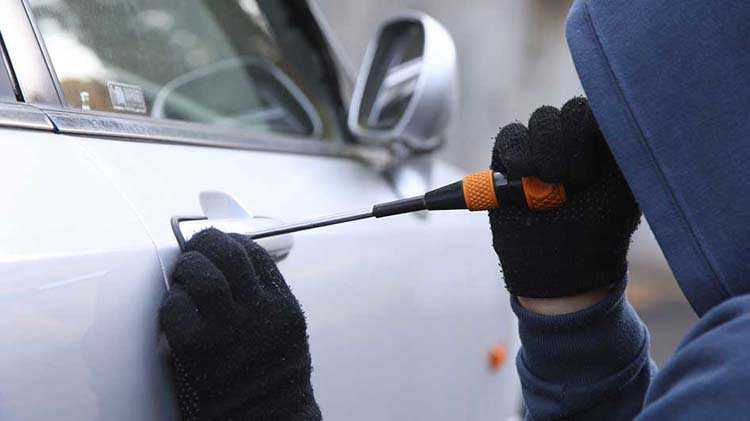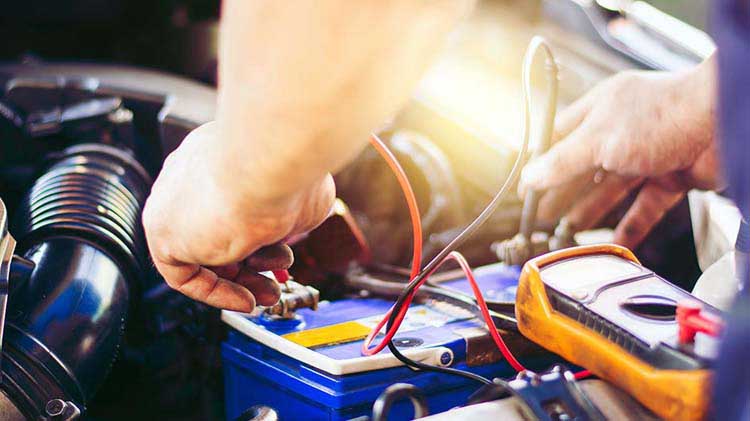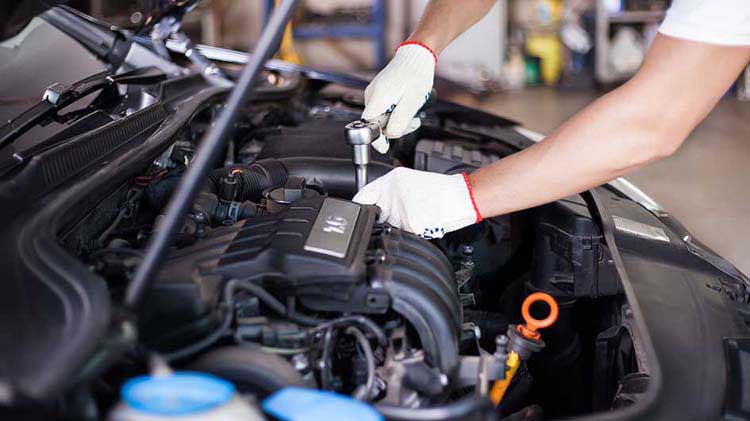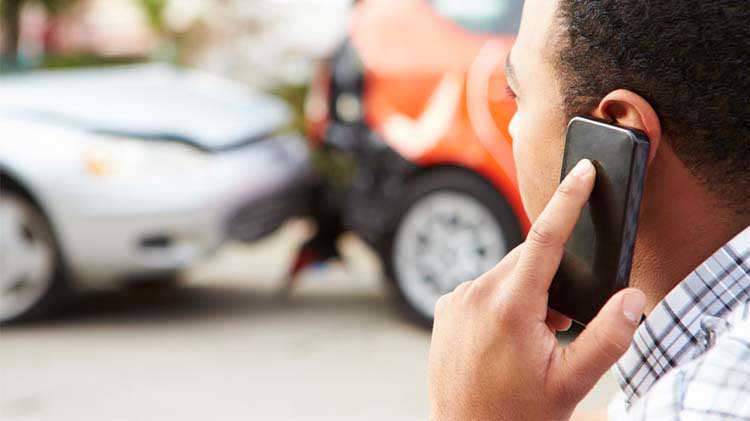Car fire: What to do if it happens to you
Car fires don't happen frequently, but when they do, they're a potentially deadly emergency. Learn what to do when you experience a vehicle fire.
According to the recent figures from the National Fire Protection Association, there were around 173,000 highway vehicle fires reported in 2020. While some car fires are caused by collisions, they are more often caused by problems with a vehicle's electrical wiring, fuel system or even cigarettes left in the car, leaving the engine to catch fire. Your best line of defense is to have these systems checked out at every service call.
What causes a car to catch on fire
- Fuses that blow repeatedly
- Spilled oil under the hood left over from an oil change
- Oil or other fluid leaks under the vehicle
- Cracked or loose wiring or wiring with exposed metal
- Damage to the exhaust system (very loud noises may be an indication of a fire hazard)
- Rapid changes in fuel level, oil levels or engine temperature
- A missing cap from the oil filler
- Broken or loose hoses
- Overheating engines and catalytic converters
- Arson
- Possible design flaws — be sure to take your car in for recalls
- Neglecting to perform maintenance
Regular car maintenance might even extend the life of your car, help keep your fuel cost down and curb the overall cost of owning a car.
What if you have a vehicle fire?
If you smell smoke or see flames coming from your car while you're driving, knowing what to do can prevent injuries or even save lives. It's important to remain calm — but act quickly. The U.S. Fire Administration recommends following these steps if you're driving and a fire starts:
- Signal and immediately move to the closest safe place to stop, whether that's a side lane or a median.
- Stop the car and turn off the ignition.
- Get every person out of the car and don't allow anyone to go back to retrieve personal items.
- Move far from the burning vehicle to avoid the flames and toxic fumes — at least 100 feet — and also keep bystanders back.
- Call 911.
- Alert oncoming traffic if possible.
Recognize that car fires can break out in places other than the engine compartment. They can also occur under the vehicle, near the wheels and brakes, in your dashboard and even inside the car. In fact, interior fires can be among the most frightening because of your close proximity to the flames, fumes and smoke.
It's generally not recommended that you try to put out the fire yourself. Opening the hood or car doors increases the air supply and may accelerate the fire.
Once the fire has been put out, you may wonder if insurance covers a car fire. You will need to contact your insurance agent. If possible, take photos of the damage and collect the names and phone numbers of witnesses. Ask the firefighters when and if it is safe to remove personal items from the vehicle. Contact your insurance company to have the vehicle towed for an inspection before attempting to operate it again. If your car has been damaged and the potential repair costs exceed the value of the car, your insurance company might consider it a total loss. You will need to contact your insurance agent and most likely file a claim.
Fire extinguishers
It is typically safe to carry a fire extinguisher in your vehicle. However, you will want to keep the following in mind:
- Can only be stored between -40 and 120 degrees Fahrenheit.
- Need to be kept secured in your vehicle.
- Must be properly maintained.
- Fire extinguishers come in several types with various uses.
- Make sure you know how to operate it.
